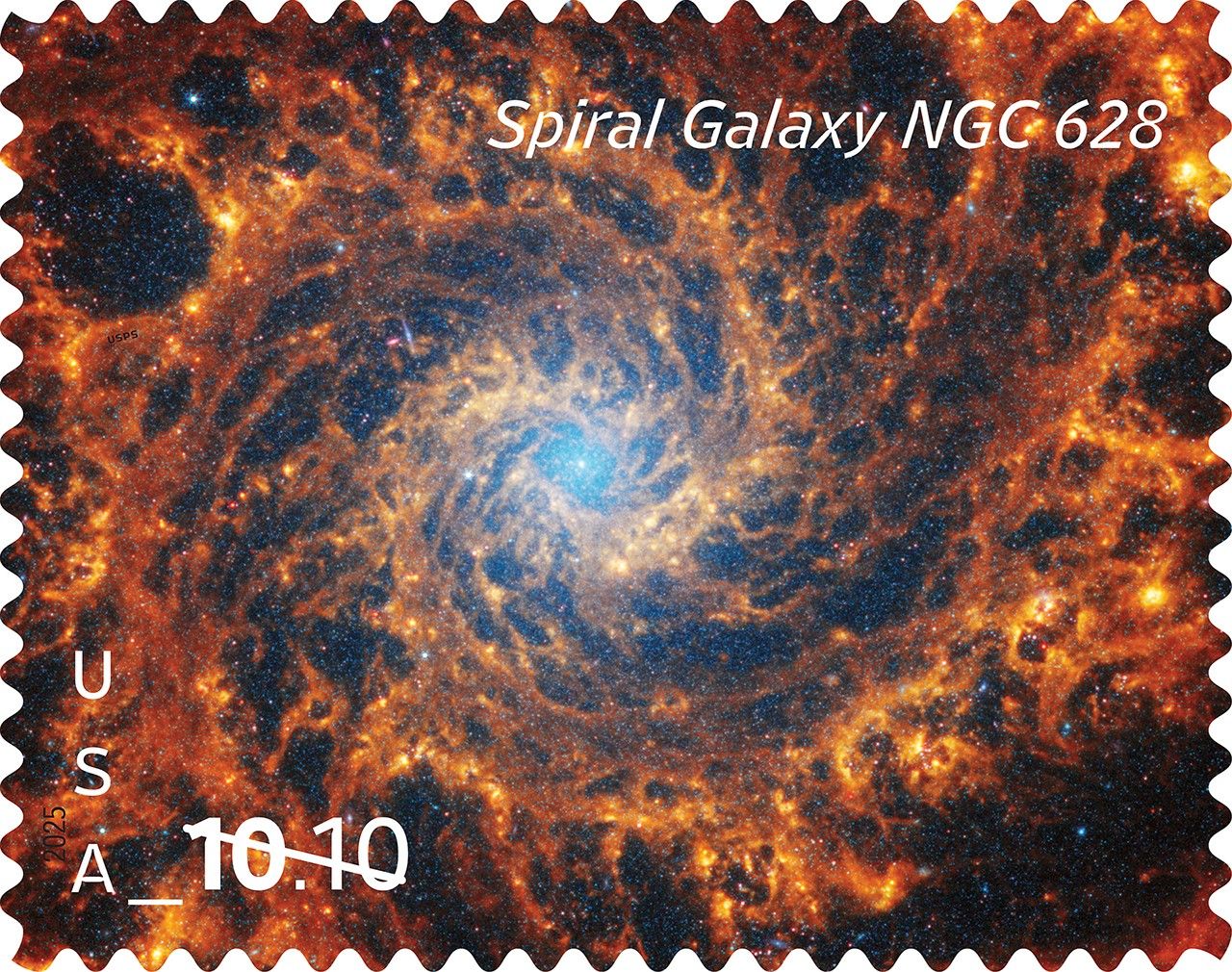Bennu, a well-preserved, ancient asteroid, is currently more than 200 million miles (321 million kilometers) from Earth and offers scientists a window into the early solar system as it was first taking shape billions of years ago and flinging ingredients that could have helped seed life on Earth.
On Tuesday, Oct. 20, 2020, NASA’s OSIRIS-REx sample collection mission performed a successful “Touch-And-Go” (TAG) maneuver.
At 1:50 p.m. EDT, OSIRIS-REx fired its thrusters to nudge itself out of orbit around Bennu. It extended the shoulder, then elbow, then wrist of its 11-foot (3.35-meter) sampling arm, known as the Touch-And-Go Sample Acquisition Mechanism (TAGSAM), and transited across Bennu while descending about a half-mile (805 meters) toward the surface. After a four-hour descent, at an altitude of approximately 410 feet (125 meters), the spacecraft executed the “Checkpoint” burn, the first of two maneuvers to allow it to precisely target the sample collection site, known as “Nightingale.”
All spacecraft telemetry data indicates the TAG event executed as expected. However, it will take about a week for the OSIRIS-REx team to confirm how much sample the spacecraft collected.
This view of asteroid Bennu ejecting particles from its surface on January 19, 2019 was created by combining two images taken on board OSIRIS-REx spacecraft. Other image processing techniques were also applied, such as cropping and adjusting the brightness and contrast of each image.
Image Credit: NASA/Goddard/University of Arizona/Lockheed Martin


























